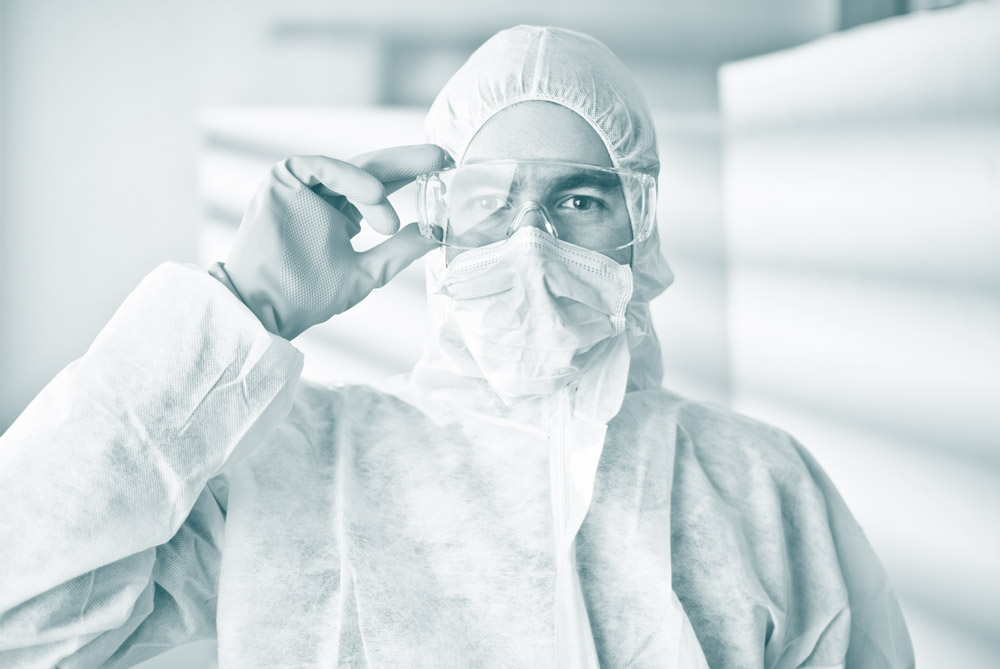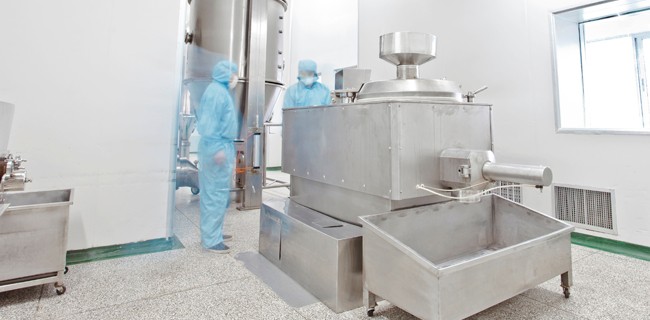Cleaning & Disinfection, Knowledge Base
Particles on Surfaces: Part 1 – Next to Godliness
Surely cleanrooms qualify. Air filtered everywhere. Operators garbed from head to foot with only a portion of their faces exposed. Spotless stainless steel and plastic surfaces everywhere. No paper or cardboard anywhere. Manufactured product protected. Surely this is cleanliness next to Godliness.
Appearances are deceiving. Despite the advances made in the High Efficiency Particle Air (HEPA) filters used in cleanrooms, there’s no such thing as a totally particle-free environment. The cleanroom looks clean but particles too small to see with the naked eye are present in the cleanroom and settle on all exposed surfaces.
As semiconductor and pharmaceutical manufacturers will attest, in the cleanroom these particles can settle on exposed silicon wafers (“witness wafers”) and bacteria (viable particles) can settle on agar-coated petri dishes (“settling plates”). After exposure, the wafers are laser-scanned to measure particles per unit area and the settling plates are incubated for 5-7 days and the number of colony forming units (CFUs) counted. These methods permit determination of the number of particles/bacteria that deposit on surfaces in a given cleanroom zone.
The deposition mechanism can range from sedimentation (gravitational effects), diffusion (movement from high concentration to low concentration) or electrostatic effects (attraction of like charges). The details of the deposition mechanism need not concern us. What we worry about is that even in the cleanest cleanrooms with superb air filtering, particles will deposit on surfaces possibly contaminating and compromising the end manufactured product. We need to focus on what keeps those particles bound to surfaces and how do we most effectively remove those particles?
Next up: Binding forces that hold particles to surfaces.
You can download this complete series in PDF format by completing the form below





















HAVE AN IDEA FOR CONTENT?
We are always looking for ideas and topics to write about.
Contact Us